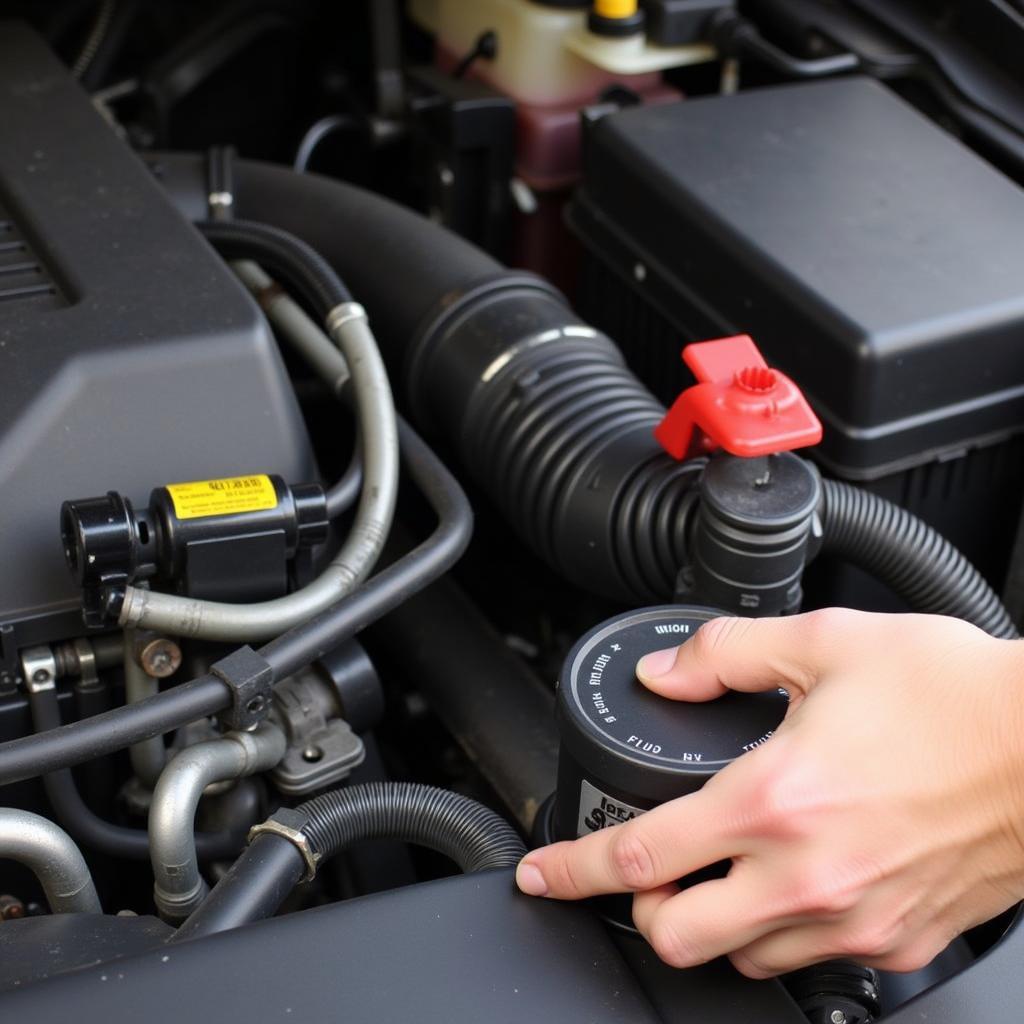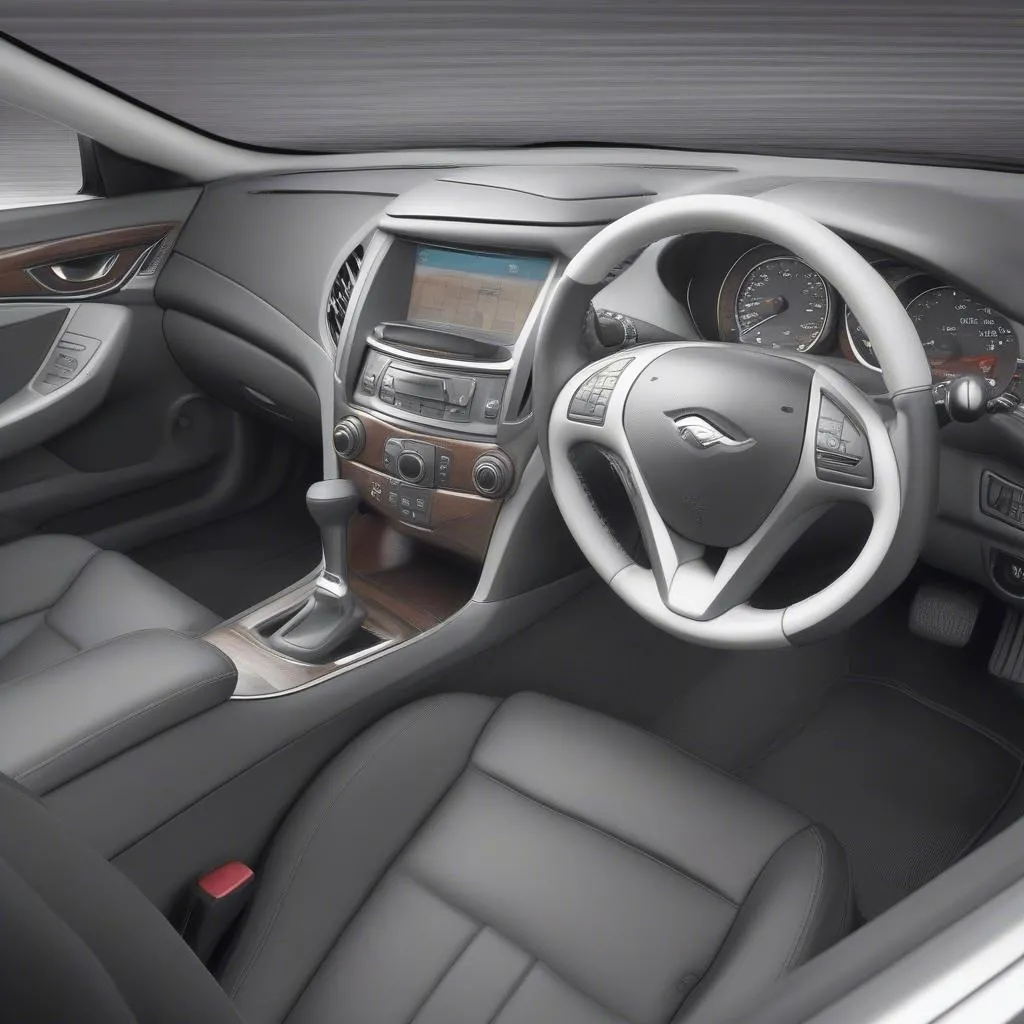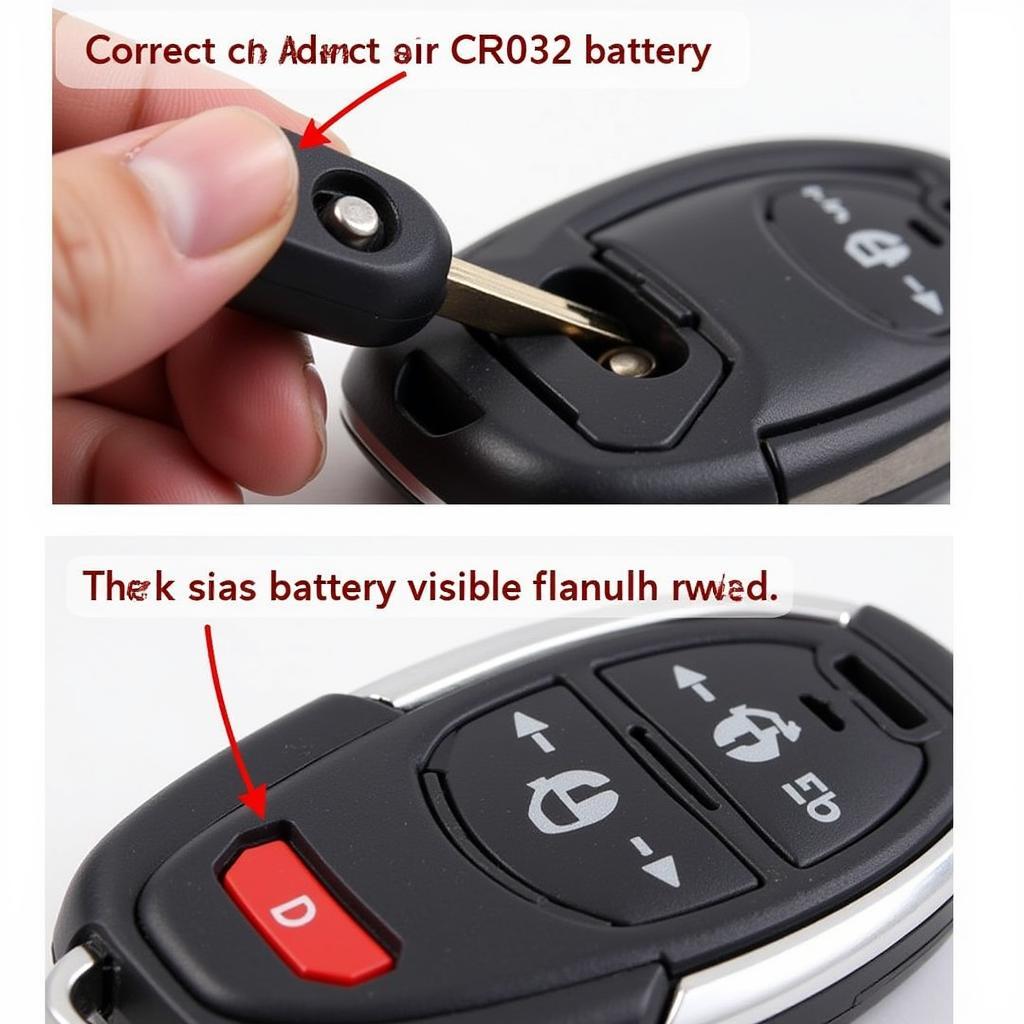That annoying brake warning light glaring at you from your dashboard? We’ve all been there. Knowing how to turn brake warning light off is crucial, not just for your peace of mind, but more importantly, for your safety. This guide will walk you through the common causes and solutions, from simple fixes to more complex issues requiring professional assistance. Let’s dive in and get that light off!
how to turn off brake warning light on ford transit
Common Reasons Your Brake Warning Light Is On
There are several reasons why your brake warning light might be illuminated. Some are simple, while others indicate more serious problems. Here’s a breakdown:
- Low Brake Fluid: This is the most common culprit. Brake fluid is essential for proper braking function.
- Worn Brake Pads: Your brake pads have wear indicators that trigger the warning light when they get too thin.
- Faulty Brake Sensor: Sometimes, the sensor itself can malfunction, triggering the light even if everything else is fine.
- Parking Brake Engaged: It seems obvious, but it’s easily overlooked! Make sure your parking brake is fully released.
- ABS Issue: A problem with your Anti-lock Braking System (ABS) can also illuminate the brake warning light.
Troubleshooting the Brake Warning Light
Before you panic, let’s try some simple troubleshooting steps.
- Check the Parking Brake: Ensure the parking brake is fully disengaged. Sometimes a slight nudge can reactivate the light.
- Inspect Brake Fluid Level: Locate the brake fluid reservoir under the hood and check the fluid level. If it’s low, add the correct type of brake fluid recommended in your owner’s manual.
- Check Your Brake Pads: Visually inspect your brake pads through the wheel spokes. If they appear thin or worn, it’s time for a replacement.
 Checking Low Brake Fluid
Checking Low Brake Fluid
After checking these basics, and the light is still on, it’s time to delve deeper.
Advanced Diagnostics and Solutions
Sometimes, turning off the brake warning light requires more than just topping off the fluid.
Using Diagnostic Tools
Modern vehicles often require diagnostic tools to pinpoint the exact issue. These tools can read the error codes stored in your car’s computer, providing valuable insights.
how to turn off brake warning light on mini one
“Using a diagnostic scanner can save you time and money by identifying the root cause quickly,” says automotive expert, Michael Stevens, ASE Certified Master Technician. “Guesswork can lead to unnecessary repairs.”
Brake Sensor Replacement
If the diagnostic tool points to a faulty brake sensor, replacing it is often a straightforward procedure.
ABS Module Issues
Problems with the ABS module can be complex and typically require professional attention.
how to turn off brake pad warning light mercedes
“ABS issues can range from a simple sensor malfunction to a complete module failure,” explains Sarah Johnson, an experienced automotive electrical engineer. “Don’t attempt to fix ABS problems yourself unless you have the proper training and equipment.”
When to Seek Professional Help
While some brake warning light issues can be resolved with DIY fixes, others require professional intervention. If you’ve tried the basic troubleshooting steps and the light persists, or if you suspect an ABS issue, it’s time to consult a qualified mechanic.
turning off brake warning light
How to Prevent Future Brake Warning Light Issues
Regular brake maintenance is key to avoiding future problems.
- Routine Brake Inspections: Have your brakes inspected at least once a year or as recommended in your owner’s manual.
- Brake Fluid Flushes: Regularly flushing your brake fluid helps prevent corrosion and maintain optimal braking performance.
- Timely Brake Pad Replacements: Don’t wait until your brake pads are completely worn out. Replace them as soon as they reach the minimum thickness specified by the manufacturer.
how to turn off brake pad warning light vw jetta
Conclusion
Knowing how to turn brake warning light off begins with understanding the underlying causes. By following this guide, you can troubleshoot simple issues yourself and know when to seek professional help for more complex problems. Remember, maintaining your brakes is crucial for your safety and the safety of others on the road.
FAQ
- Can I drive with the brake warning light on? It’s strongly advised against driving with the brake warning light illuminated. It indicates a potential problem with your braking system, which could compromise your safety.
- How much does it cost to fix a brake warning light issue? The cost varies depending on the cause. A simple brake fluid top-up is inexpensive, while ABS module repairs can be significantly more costly.
- How often should I check my brake fluid level? It’s a good practice to check your brake fluid level at least once a month.
- What type of brake fluid should I use? Consult your owner’s manual for the correct type of brake fluid recommended for your vehicle. Using the wrong type can damage your braking system.
- Can I reset the brake warning light myself? While it’s possible to reset the light with a diagnostic tool, it’s important to address the underlying issue first. Simply resetting the light without fixing the problem won’t make it go away.
- What if the brake warning light comes back on after I’ve fixed the problem? If the light returns, it indicates the problem hasn’t been fully resolved. It’s essential to re-evaluate the situation or consult a mechanic.
- Is it safe to replace brake pads myself? If you have the necessary tools and experience, replacing brake pads can be a DIY project. However, if you’re unsure, it’s always best to consult a professional.



